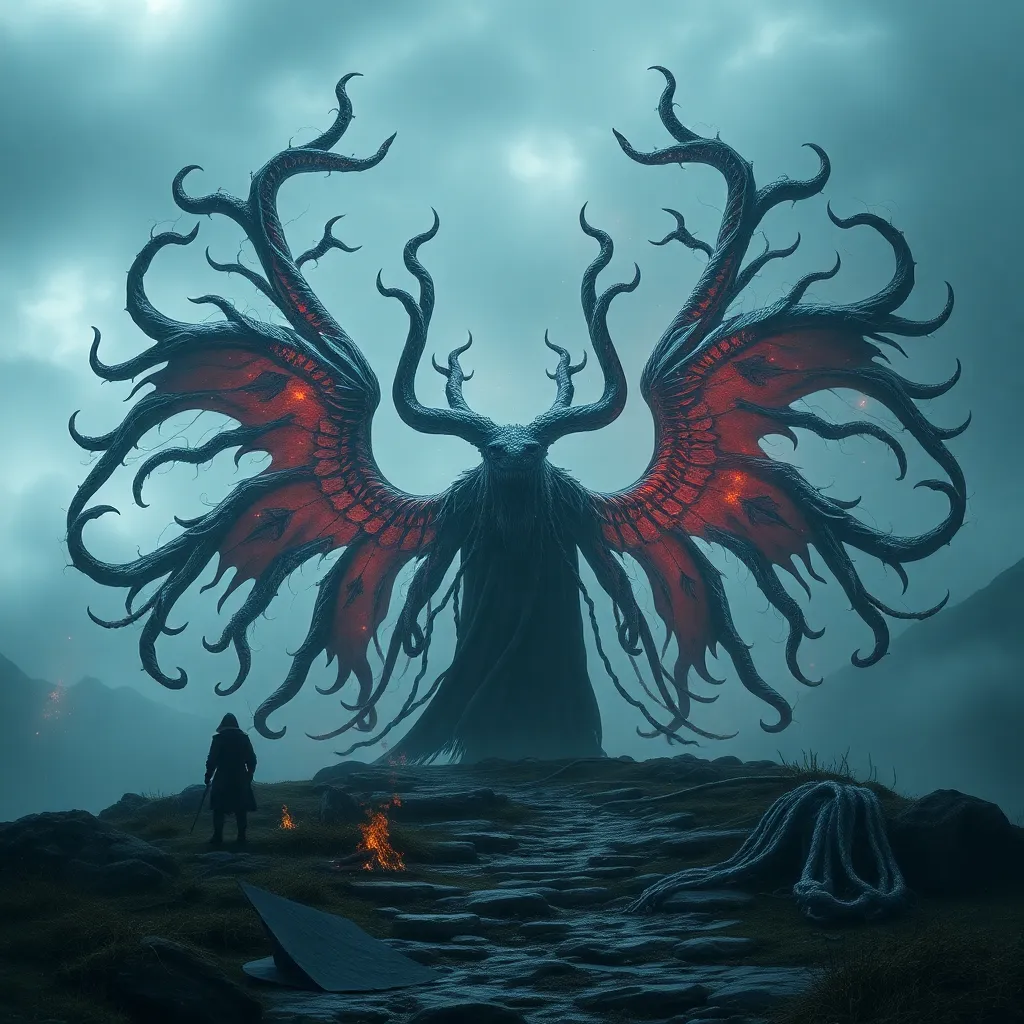Slavic Mythology: The Art of Divination
Divination, the practice of predicting the future or gaining insight into the unknown, has played a significant role in Slavic culture for centuries. For the ancient Slavs, divination was not merely a pastime or form of entertainment but an integral part of their spiritual beliefs and daily lives.
The Importance of Divination in Slavic Culture
Divination was deeply intertwined with the Slavic worldview, which saw the world as governed by supernatural forces. It was believed that by understanding the will of these forces, humans could gain control over their own destinies and avoid misfortune. Divination allowed Slavs to seek guidance on important decisions, such as marriage, childbirth, travel, and warfare.
Common Methods of Divination
The ancient Slavs employed a wide range of divination methods, each with its own unique symbolism and techniques. Some of the most common methods included:
Casting Runes
Runes were inscribed symbols, carved on wood or stone, that were believed to hold magical power. Diviners would cast runes and interpret their patterns to gain insight into the future. Runes were used for both personal divination and for divination in public assemblies.
Reading Tea Leaves
Tea leaf divination, known as tasseography, was another popular method in Slavic cultures. After drinking tea, the diviner would observe the patterns formed by the tea leaves in the cup to gain insights into the future or the character of the person who had drunk the tea.
VI. Divination in Slavic Folklore
Slavic folklore is replete with tales of divination, often involving mythical creatures and supernatural beings. One common motif is the appearance of a talking animal, such as a raven or a wolf, who provides the hero with advice or guidance. In other stories, humans are granted the ability to see the future or communicate with the dead.
VII. The Impact of Christianity on Divination
The spread of Christianity in Slavic lands had a significant impact on divination practices. Many traditional methods of divination were condemned as pagan and superstitious. However, some forms of divination, such as reading tea leaves, survived in a modified form and were adopted by Christian communities.
VIII. Divination in Modern Slavic Cultures
In modern Slavic cultures, divination continues to play a role, albeit to a lesser extent than in ancient times. Some traditional methods of divination, such as casting runes, have been revived and are practiced by modern-day Pagans and Wiccans. Others, like reading tea leaves, remain popular as a form of entertainment or personal reflection.
IX. Conclusion
Divination has been an integral part of Slavic culture for centuries, providing Slavs with a means to connect with the supernatural and gain insight into their destiny. While some traditional methods of divination have faded with the rise of Christianity and modern science, others have survived and continue to be practiced in modern Slavic cultures.
X. Frequently Asked Questions
What is the most common method of divination in Slavic cultures?
Casting runes is one of the most common methods of divination in Slavic cultures.
Is divination still practiced in Slavic cultures today?
Yes, divination continues to play a role in modern Slavic cultures, although to a lesser extent than in ancient times.
What is the significance of tea leaf divination in Slavic cultures?
Tea leaf divination is believed to provide insights into the future or the character of the person who has drunk the tea.
How did Christianity affect divination practices in Slavic lands?
The spread of Christianity led to the condemnation of many traditional methods of divination as pagan and superstitious. However, some forms of divination, such as reading tea leaves, survived in a modified form and were adopted by Christian communities.



